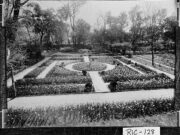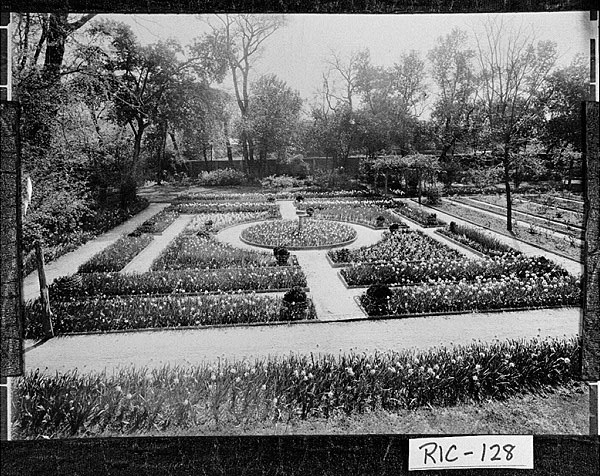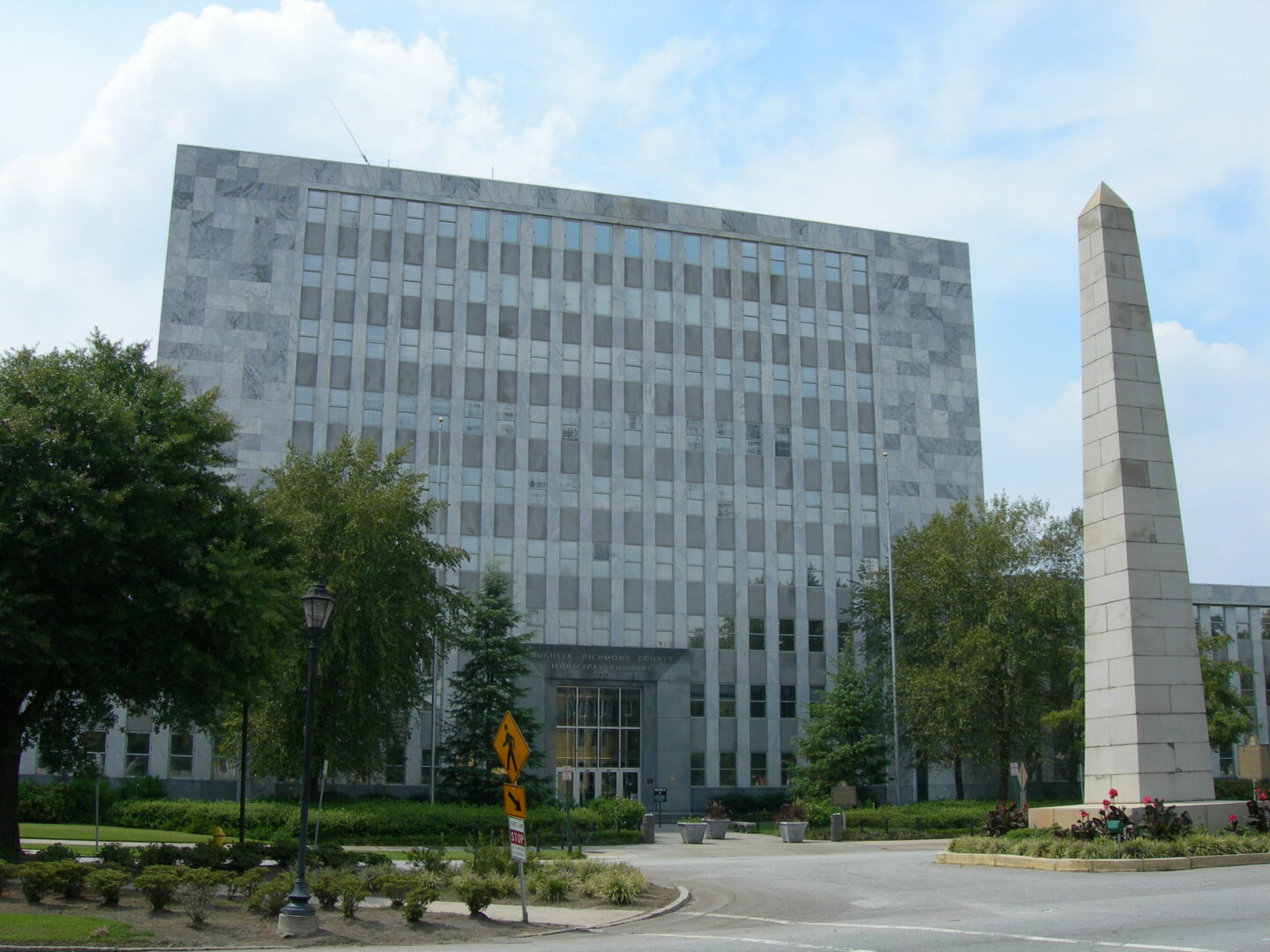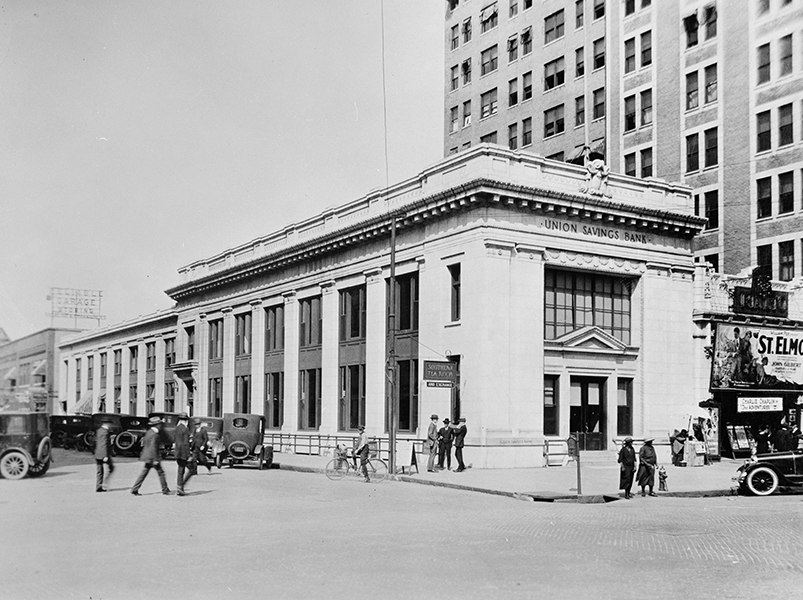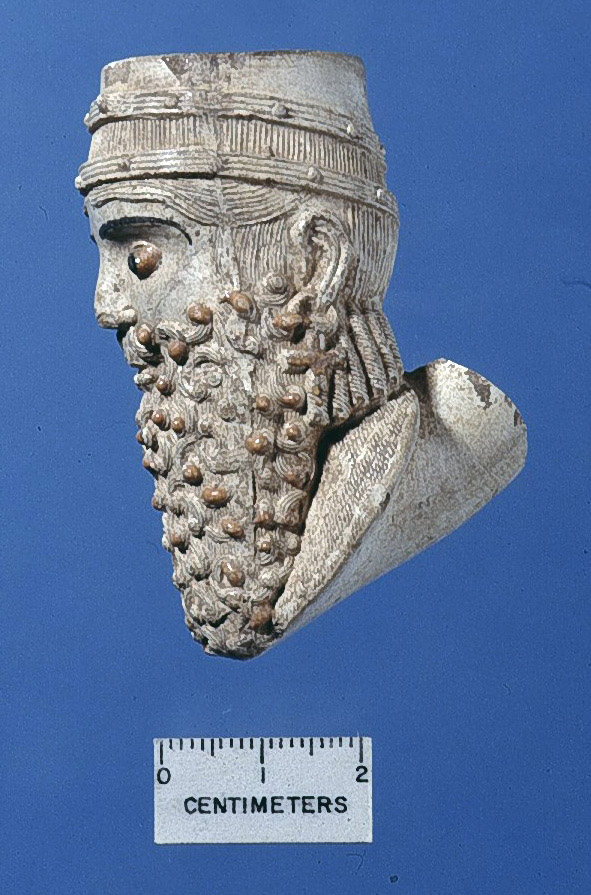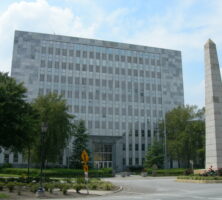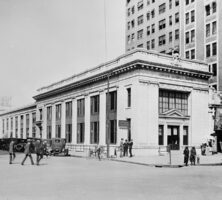Richmond County, in east central Georgia bordering the Savannah River and the South Carolina state line, was created in 1777 as one of Georgia’s original counties. It replaced the former parish of St. Paul, established in 1758 under the colonial government.
Early History
The county was named for Charles Lenox, duke of Richmond, who was sympathetic to the cause of the American Revolution (1775-83). First settled in the 1730s, Richmond County originally encompassed all of present-day Richmond, Columbia, and McDuffie counties, as well as parts of Warren, Glascock, and Jefferson counties. According to the 2020 U.S. census, the county population was 206,607.
Augusta was designated as the county seat. It was founded in 1736 by James Edward Oglethorpe to establish trade with the Indians at the head of navigation of the Savannah River. It was named for Princess Augusta of Saxe-Gotha, wife of Frederick, Prince of Wales. Augusta served as the temporary capital of Georgia from 1786 until 1795, when the state government moved to Louisville. By the time of the American Revolution, the basis of Richmond County’s economy was the tobacco trade, but after the invention of the cotton gin in 1793, cotton became the economic focus. Construction of the Augusta Canal began in 1845 to stimulate manufacturing of regionally grown agricultural commodities, particularly the manufacture of cotton goods.
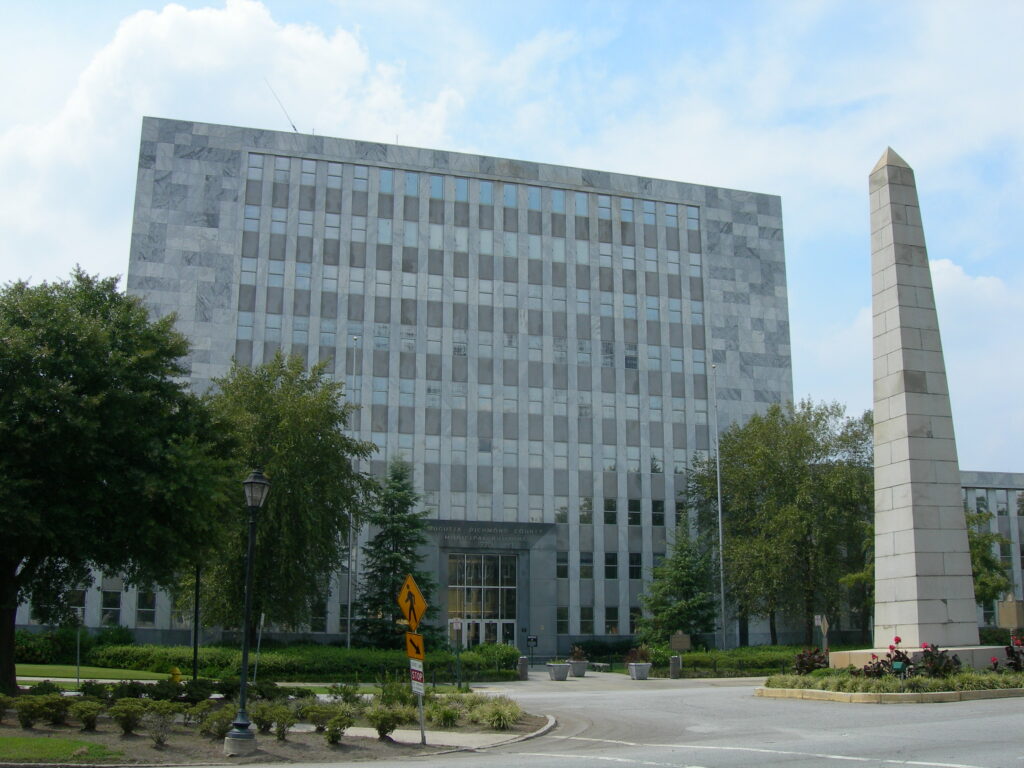
Cities and Towns
Today, Richmond County contains three incorporated municipalities: Augusta (the third largest city in Georgia, with a population of 202,081 in 2020), Hephzibah (population 3,830), and Blythe (population 744). Augusta and Richmond County have a consolidated government. Richmond, ranked eleventh in population among Georgia’s counties, is the center of a metropolitan statistical area of over 600,000 people in the multi-county, two-state region. Governmental, medical, and manufacturing employers now dominate its economy.
Military
Richmond County has had a military presence since its founding. Fort Augusta was garrisoned beginning in the 1730s. The town sheltered refugees during the French and Indian War (1754-63), and witnessed two battles during the Revolution. A U.S. arsenal was established in nearby Harrisburg in 1819, moved to Summerville in 1826, and became the campus of Augusta College (later Augusta State University) in 1957. Both Harrisburg and Summerville have since been absorbed into Augusta. During the Civil War (1861-65) the Confederate Powder Works was built along the Augusta Canal. During the Spanish-American War (1898), Camp McKenzie was established in the county, and Camp Hancock was located here during World War I (1917-18). In 1941, even before the United States entered World War II (1941-45), construction began on Camp Gordon (later Fort Gordon and now Fort Eisenhower), which has been the home of the U.S. Army Signal Corps since 1948.
The county is home to several institutions of higher learning: Augusta State University, Augusta Technical College, Georgia Health Sciences University, and Paine College.
Culture and Recreation
The Masters Tournament has been held at the Augusta National Golf Club since 1934. It annually focuses international attention on the city. Augusta’s riverfront affords a venue for rowing. Augusta has regularly scheduled performances of ballet, choral, dance, opera, theater, and symphony productions. The visual arts are represented both by teaching facilities and by museums and galleries. Augustans honor their history through participation in several historical, preservation, neighborhood, and genealogical societies. More than a dozen museums and historic sites in Richmond County are open to the public.

Among notables who have lived in Augusta and Richmond County are George Walton, signer of the Declaration of Independence; John Milledge, governor of Georgia and donor of the land upon which the University of Georgia is located; George Walker Crawford, governor of Georgia and president of the Georgia Secession Convention; Charles Jones Jenkins, governor of Georgia; Woodrow Wilson, president of the United States; Joseph Rucker Lamar, associate justice of the U.S. Supreme Court; Butterfly McQueen, the actress who played Prissy in Gone With the Wind; actor Oliver Hardy; Frank Yerby, writer; Carl Sanders, governor of Georgia; James Brown, the “Godfather of Soul”; Brenda Lee, recording artist; Jessye Norman, opera singer; Larry Mize, professional golfer; Susan Still, astronaut; and Judy Woodruff, journalist.


